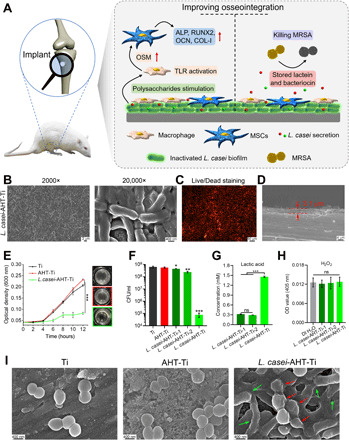Fig. 1. Characterization and antibacterial performance of L. casei biofilm.

(A) General concept of using inactivated L. casei biofilm to prevent MRSA infection and improve bone tissue regeneration simultaneously. (B) Surface morphology of L. casei biofilm–modified AHT-Ti. (C) Live/dead (green/red) staining of L. casei biofilm–modified AHT-Ti. (D) Section image of L. casei-AHT-Ti. (E) Growth of MRSA on the surface of Ti, AHT-Ti, and L. casei-AHT-Ti and corresponding photos of bacteria solution after 12 hours (right). Photo credit: L.T., Hubei University. (F) Number of MRSA colonies in the groups of Ti, AHT-Ti, L. casei-AHT-Ti-1 (1 day), L. casei-AHT-Ti-2 (2 days), and L. casei-AHT-Ti (3 days). (G) Lactic acid and (H) H2O2 detections from L. casei-AHT-Ti-1, L. casei-AHT-Ti-2, and L. casei-AHT-Ti with different culture time of biofilm. (I) SEM images of bacteria on the surface of samples. n = 3 independent experiments per group, *P < 0.05, **P < 0.01, and ***P < 0.001. ns, not significant.
